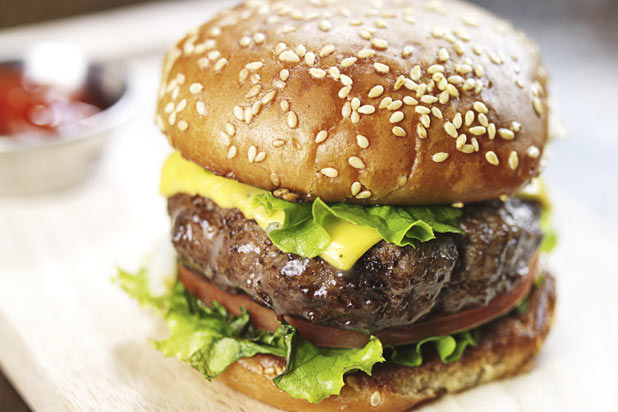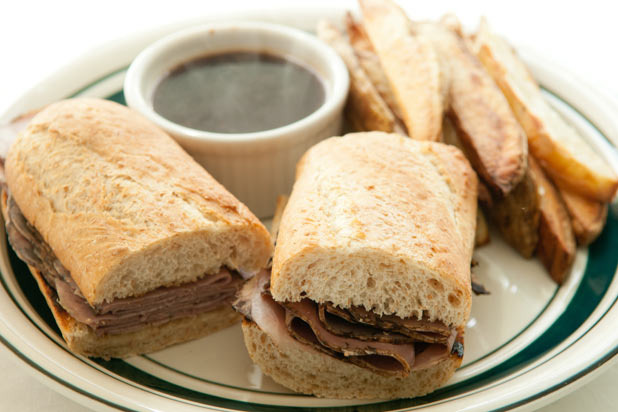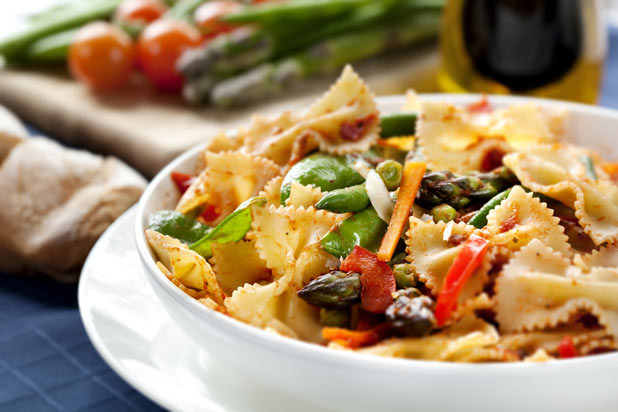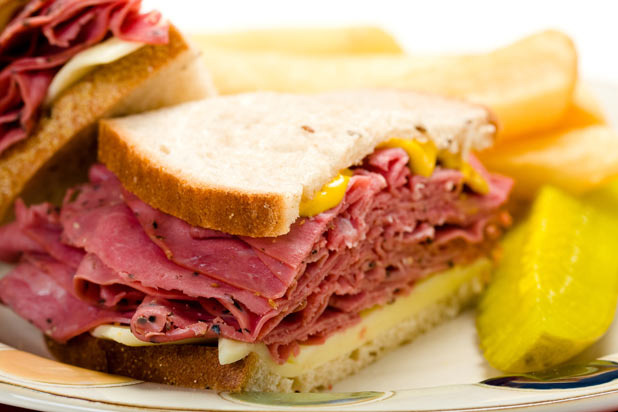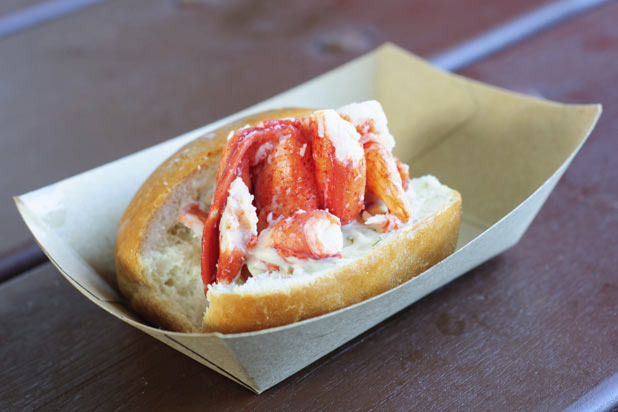10 Foods You Didn't Know Were All-American (Slideshow)
In Italy, meatballs are served as their own dish, with no pasta in sight. Even today, you'll never find spaghetti and meatballs in Italy, at least outside of the most obvious tourist traps. Spaghetti and meatballs were first combined on the same plate in America, in an attempt to appeal to the American belief that every meal should include meat.
Hamburgers
Patties of ground beef were a popular dish in the major German port of Hamburg, and in the late 1800s restaurants in New York began serving a "Hamburg steak" to Germans looking for a taste of home. But nobody in Germany was sandwiching the patty inside a soft bun, nor were they adding cheese, bacon, and ketchup. That came much later, and the burger as we know it is 100 percent American.
General Tso’s Chicken
This dish is named after Chinese statesman General Tso Tsung-t'ang, but other than the name there's no connection to him. The dish's origins are disputed, but all agree that it was invented in America, most likely in New York in the 1970s. The dish is way too sweet for Chinese palates, but just right for Americans'.
Brownies
Yes, one of the most delicious foods in history is a completely American invention. At the request of Chicago socialite and hotel owner Bertha Palmer, a chef at the city's Palmer House hotel invented the treat for those heading to the 1893 World's Fair; she wanted boxed lunches to include a dessert that was similar to a piece of cake but smaller. The chef really outdid himself, and the first brownie — made with walnuts and an apricot glaze — is still served at the hotel, using the original recipe.
French Dip
There's nothing French about the French dip except for the name. Two Los Angeles restaurants claim to have invented the sandwich, Philippe the Original and Cole's Pacific Electric Buffet, in the early years of the twentieth century. To create a French dip, thin-sliced roast beef is sandwiched inside a French roll (hence the name), and the whole thing is dipped in (and served alongside) beef jus. It's messy, delicious, and 100 percent American.
Pasta Primavera
While this dish might sound Italian, it was actually invented by none other than legendary restaurateur Sirio Maccioni, and first served at his renowned New York City restaurant, Le Cirque. The combination of pasta, cream, cheese, and lightly cooked vegetables was a hit from the minute it showed up on the menu, and was one of the most popular dishes to emerge from the 1970s American dining scene.
Pastrami
To make pastrami, beef navel or brisket is brined, seasoned, smoked, and steamed, and the result is one of the most delicious foods known to man. While it was popularized by Jewish immigrants in New York in the late 1800s, pastrami was never served in Eastern Europe. A similar dish was made with goose in Europe, but beef was a lot less expensive stateside. It's widely recognized that the first man to sandwich pastrami between two slices of bread was a New York butcher named Sussman Volk.
Potato Chips
The original name for potato chips was Saratoga Chips, named after the place where they were invented: Saratoga Springs, New York. They're credited to a chef at the town's Moon's Lake House, George Crum, who reportedly invented them on the fly to appease an unhappy customer.
Lobster Rolls
Lobster is popular wherever it's available all over the world, but the act of putting lobster meat into a split roll after tossing it with butter or mayo is a purely American invention. It reportedly first appeared on the menu at a restaurant called Perry's in Milford, Conn. in the 1920s, and its popularity in the Northeast took off from there. It's still largely a northeastern delicacy, but it's been popping up all over the country. If you've never tried a lobster roll, spring for one this summer.
Pizza
...At least as we know it today. When pizza was first invented, it looked like what you find at Neapolitan pizzerias: smallish, a little soggy (in a good way), and requiring a fork and knife to eat. It wasn't until Italians emigrated to the states (specifically to New York) that they tweaked the recipe so that the pizzas were much larger, had a firmer crust, and could be sliced and transported by hand.

